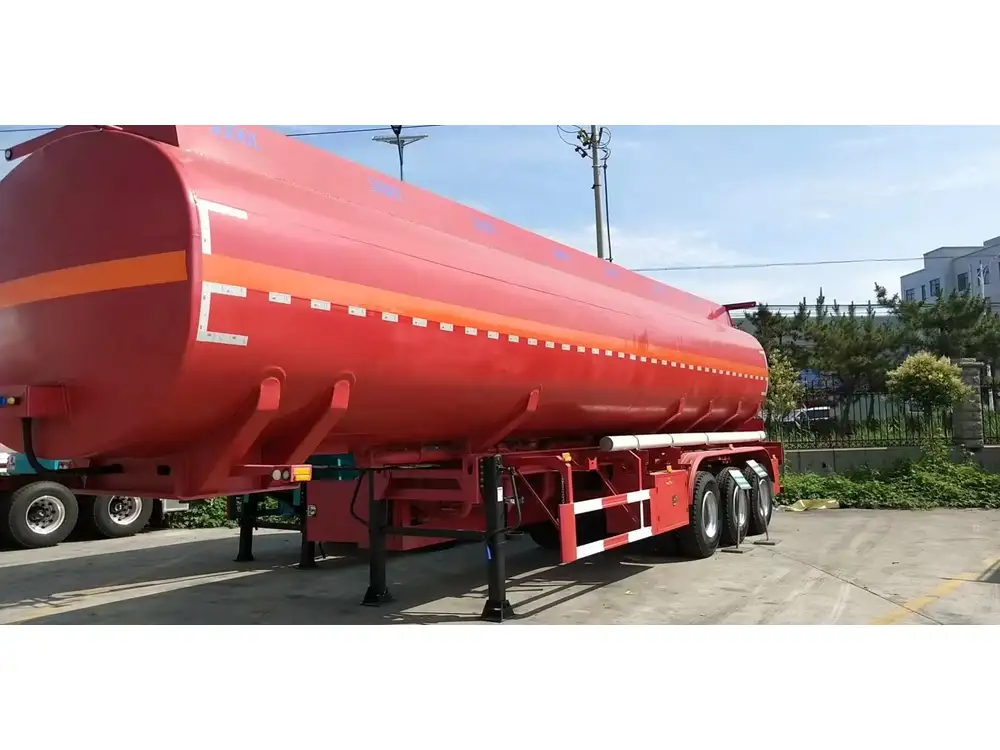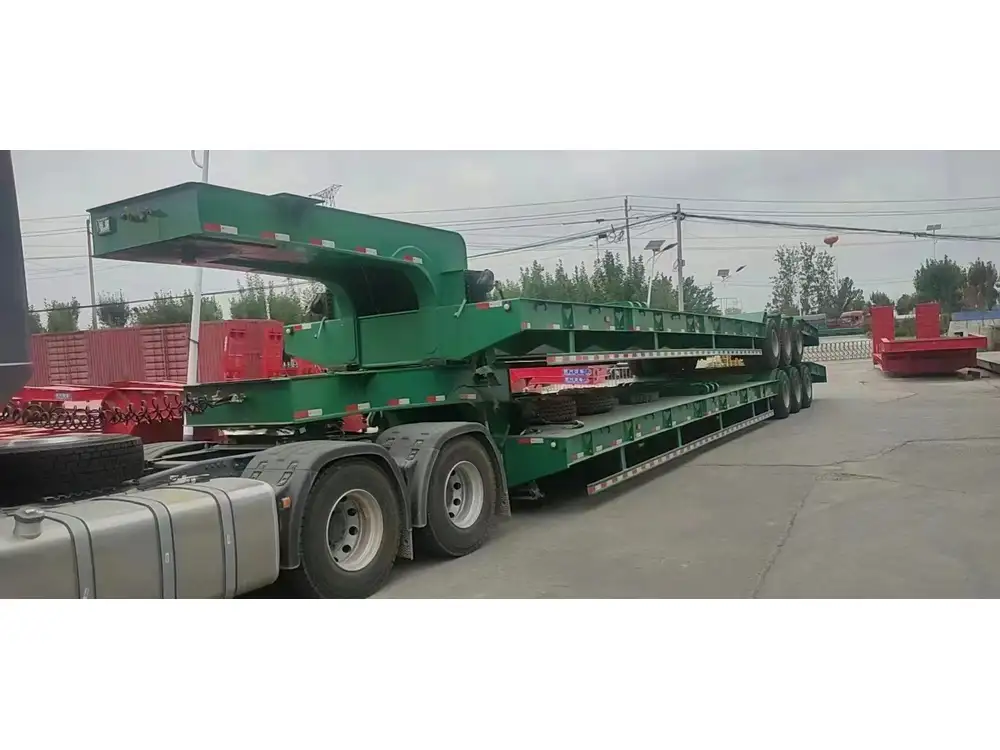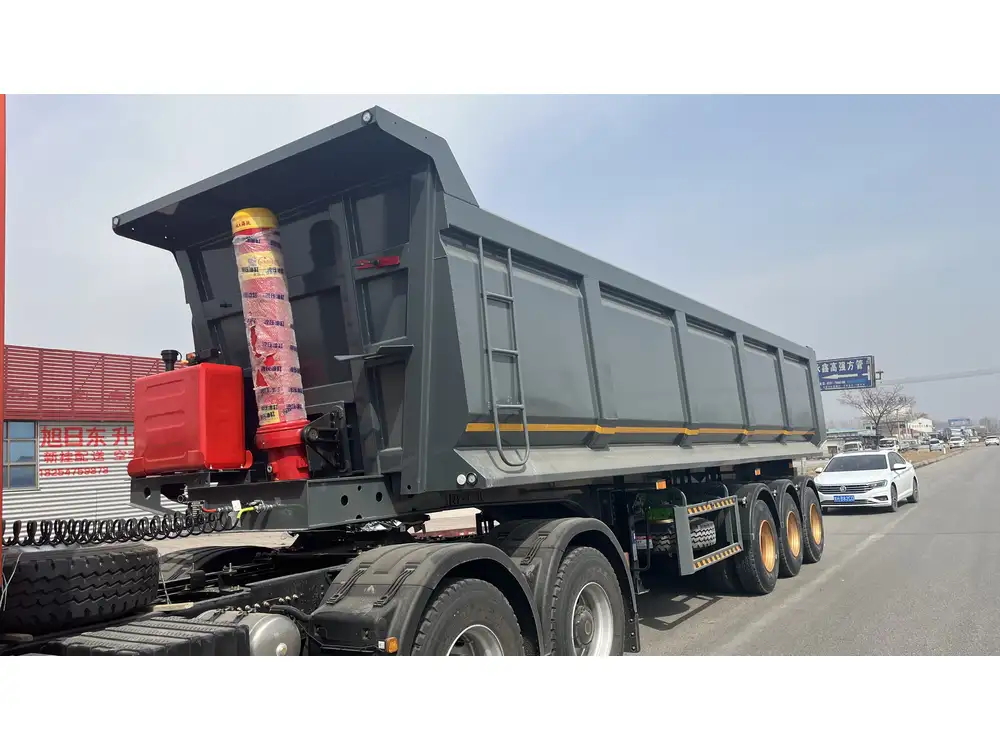In the realm of heavy hauling and freight transport, the configuration and design of a semi-trailer significantly impact its performance, stability, and durability. One of the integral aspects of this design is the choice of wheel setup. While we often encounter various wheel configurations, dual wheels—commonly referred to as ‘duals’—have gained prominence for a reason. In this article, we will explore what having dual wheels on a semi-trailer prevents and the myriad benefits associated with their use.
1. Enhanced Load Distribution
1.1 Spreading the Weight
The foremost advantage of dual wheels is their ability to better distribute the weight of the trailer across a larger surface area. Unlike single wheels, dual wheels reduce the weight per wheel, therefore minimizing the risk of:
- Overloading: Prevents localized weight concentration that can lead to premature wear and damage.
- Tire Blowouts: Lower pressure per wheel decreases the likelihood of tire failure under heavy loads.

1.2 Increased Traction
Dual wheels offer superior traction compared to their single counterparts. This increased grip is crucial during:
- Adverse Weather Conditions: Enhanced traction on wet, icy, or muddy surfaces prevents slippage and maintains control.
- Steep Grades: Allows trucks to ascend and descend grades with reduced risk of wheel spin or loss of control.
2. Improved Stability and Control
2.1 Reduced Roll Over Risk
One of the most concerning issues in heavy trucking is the risk of rollovers, especially when navigating turns or driving on uneven terrain. With dual wheels, the lateral stability of the semi-trailer is significantly improved, preventing:
- Unstable Steering: Enhanced cornering stability minimizes the chance of tipping.
- Side Slips: Reduces risk during sudden maneuvering, ensuring safer navigation around obstacles.

2.2 Enhanced Braking Performance
The braking system in a semi-trailer is critical for safe transport. The dual wheel setup contributes to:
- Faster Stopping Times: More surface area results in better friction and braking efficiency.
- Balanced Braking Force: Prevents skidding and maintains control when sudden stops are necessary.
3. Durability and Cost Efficiency
3.1 Extended Tire Life
With the added weight distribution capabilities of dual wheels, tires experience reduced wear and tear. This translates to:
- Lower Replacement Costs: Less frequent tire changes save on operational costs.
- Enhanced Performance Longevity: Durable tires reduce the risk of blowouts or flats during long hauls.

3.2 Maintenance and Serviceability
When considering the overall lifespan of a semi-trailer, the ease of maintenance associated with dual wheels cannot be overstated:
- Simplified Inspection Procedures: Easier access to inspect and service tires ensures that issues are promptly addressed, thereby extending the life of the entire wheel assembly.
- Less Downtime: When repairs are needed, the dual wheel system allows for quicker replacements, maintaining fleet efficiency.
4. Safety Benefits of Dual Wheels
4.1 Increased Security Under Heavy Loads
Safety in transport is paramount, and dual wheels play a critical role in ensuring the integrity of the cargo being carried:
- Weight Capacity Compliance: With duals, operators can adhere to legal load limits while maximizing cargo volume.
- Less Likely to Experience Failure: The redundancy provided by dual wheels means that if one tire fails, the other can still carry the load temporarily.

4.2 Enhanced Road Safety
Beyond just the truck, the type of wheels used can have implications for the safety of others on the road:
- Stability in Traffic: More significant contact area improves vehicle control, thereby reducing the risk of accidents.
- Steady Ride for Cargo: More reliable wheel configuration protects the cargo, preventing shifts that could endanger other drivers.
5. Technical Specifications and Comparisons
To further comprehend the benefits of dual wheels, it’s essential to look at pertinent specifications, comparisons, and operational recommendations.
| Specification | Single Wheel | Dual Wheels |
|---|---|---|
| Load Capacity | Lower | Higher |
| Traction | Moderate | Enhanced |
| Stability Factor | Standard | High |
| Maintenance Frequency | Variable | Reduced |
| Cost of Replacement | High (more frequent) | Lower (less frequent) |
5.1 When to Choose Duals
- Heavy Hauls: Ideal for trucks consistently carrying loads above average capacity or venturing into rugged terrains.
- Frequent Stops and Starts: In urban settings where frequent braking and acceleration occur, dual wheel systems adapt better.

6. Addressing Common Queries Related to Dual Wheels
6.1 Can I Convert a Single Wheel Setup to Dual Wheels?
Conversion from a single wheel setup to a dual wheel configuration can yield significant benefits, but it requires:
- Approval from Regulatory Bodies: Compliance with regional transport regulations.
- Investment in Parts: Sourcing the appropriate tires, rims, and axles suited for dual configurations.
6.2 Do Dual Wheels Weigh More than Singles?
Yes, dual wheels add weight to the trailer; however, this additional weight is generally offset by the benefits gained in load carrying capacity and safety.

6.3 How Much More Traction do Dual Wheels Provide?
While the exact increase in traction varies by conditions, studies suggest a marked improvement—sometimes as much as 30%—in comparative grip.
7. Conclusion: The Clear Edge of Dual Wheels
In conclusion, the advantages of dual wheels on semi-trailers are multifaceted, enhancing safety, durability, stability, and financial efficiency, driving down long-term costs while promoting safer transportation. This configuration not only addresses essential issues faced by operators but also ensures compliance with regulatory standards and operational excellence.
As a manufacturer of semi-trailers, equipping your vehicles with dual wheels is not merely an option but a strategic imperative that positions your fleet for success on the dynamic roads of freight transportation. The increased payload, reduced maintenance, and enhanced safety features elevate the standard of your offerings and facilitate user conversion—ultimately leading to improved profitability and customer satisfaction.
Final Note
Consideration of dual wheels in your semi-trailer design should take precedence, ensuring that every journey is geared towards safety, efficiency, and success. The future of heavy hauling lies not just in meeting industry standards but exceeding them through innovation and thoughtful design choices.



